URINOMETER
1. What is urinometer?
Urinometer is an instrument used to measure the specific gravity of urine.
2. What are the parts of Urinometer
There are three parts of urinometer. They are as illustrated in the Figure below
I. The float: is the air containing part
II. Weight: the lower end of urinometer,
III. Stem- Has calibrations with numbers marked to measure the specific gravity
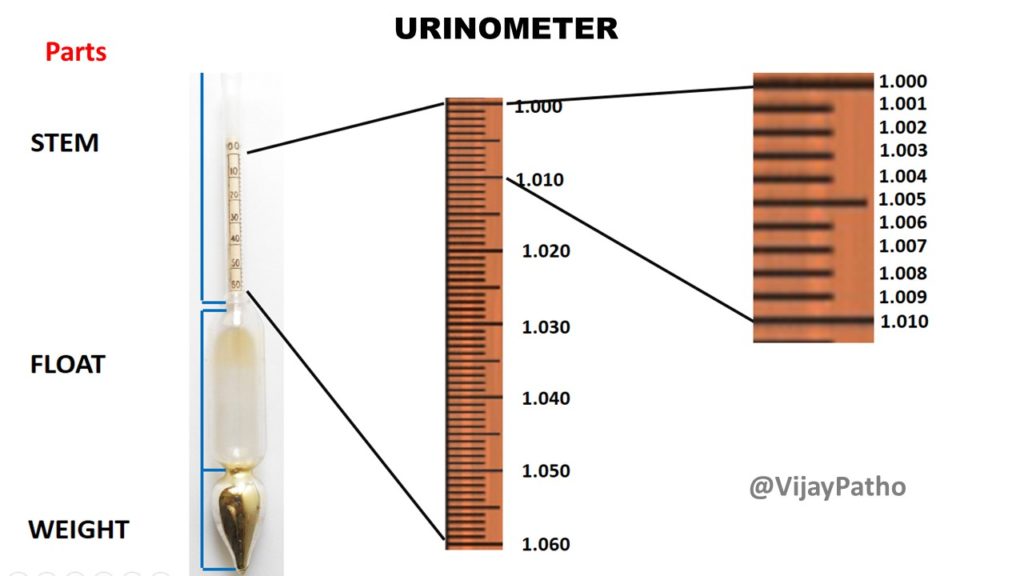
3. What is the principle behind the measurement of specific gravity by urinometer
It is based on the principle of BUOYANCY. Because of increased density of urine compared to that of water, the urinometer will float higher in urine than in water. The weighted float will displace the volume of the urine which is equal to its weight. The weight of the weighted float is designed in such a way that the urinometer sinks to the level of 1.000 in the distilled water.
4. Describe the procedure of measurement of specific gravity by urinometer
The steps are as follows
i. Allow urine to reach room temperature
ii. Fill the glass cylinder with urine up to 2/3rds. At least 15 ml of urine is required
iii. Make sure that there are no bubbles/foam in the glass cylinder. This may lead to difficult to take the readings of the meniscus
iv. Gently insert the urinometer into the container. Make sure the urinometer do not touch the bottom or the sides of the container and allow it to float freely.
v. One may even have to gently spin the urinometer so that it is in the center of the cylinder
vi. Read the calibrated graduation at the lowest level of urinary meniscus.
vii. Note that urinometer is calibrated at 15 degree C. so the temperature correction has to be done to measure the correct specific gravity.
5. What is the temperature correction done to measure the specific gravity
Note that urinometer is calibrated at 15 degree C. so the temperature correction has to be done to measure the correct specific gravity.
This is done by adding 0.001 for every 3 degree rise above 15 degree C OR, substracting 0.001 for every 3 degree below 15 degree C.
6. What are the disadvantages of urinometer to measure specific gravity
The disadvantages are
i. At least 15 ml of urine is required.
ii. If the urine is very turbid then the measurement will be very difficult
7. What if the urine is very turbid/opaque
If the urine is very turbid, then it is very difficult to read at the lower meniscus. In this scenario, the top of the meniscus can be read and 0.002 can be added to the reading you get. This can correct the viewing error to a certain extent.
8. What is the normal value of specific gravity and what does it signify?
Normal values of specific gravity is 1.003-1.030. it signifies the relative mass density. Specific gravity of urine is a measure of concentrating ability of kidneys and is determined to get information about its tubular function.
9. What are the factors affecting the specific gravity of urine?
Solute and temperature affect the specific gravity. Specific gravity increases as solute concentration increases and decreases when temperature increases.
10. What are the other methods of measuring the specific gravity of urine
The methods include
i. Refractometer: determines the concentration of the dissolved particles in the specimen by measuring the refractive index. Advantages are, only one or two drops of urine is sufficient and temperature correction not necessary.
ii. Harmonic oscillation densitometry: the principle is – principle that the frequency of a sound wave entering a solution changes in proportion to the density of the solution. Advantages are that temperature corrections are not necessary.
11. What are the causes of increased specific gravity in urine?
Diabetes mellitus, nephritic syndrome, fever and dehydration.
12. What are the causes of decreased specific gravity in urine?
Diabetes insipidus, chronic renal failure (low and fixed at 1.010) due to loss of concentrating ability of tubules and compulsive water drinking.
13. What is isosthenuria
This is condition where there is fixed specific gravity. The specific gravity of the urine remains at 1.010 regardless of the volume of water consumption by the person.
It occurs specifically in chronic renal disease in which the kidney cannot form urine with a higher or a lower specific gravity than that of protein-free plasma. In other words THE URINE SPECIFIC GRAVITY IS AS THAT OF PLASMA.
For more Questions on Urine analysis CLICK HERE

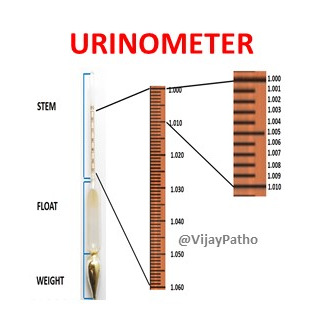
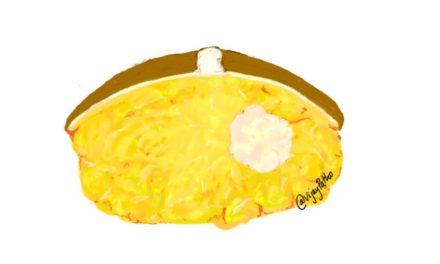
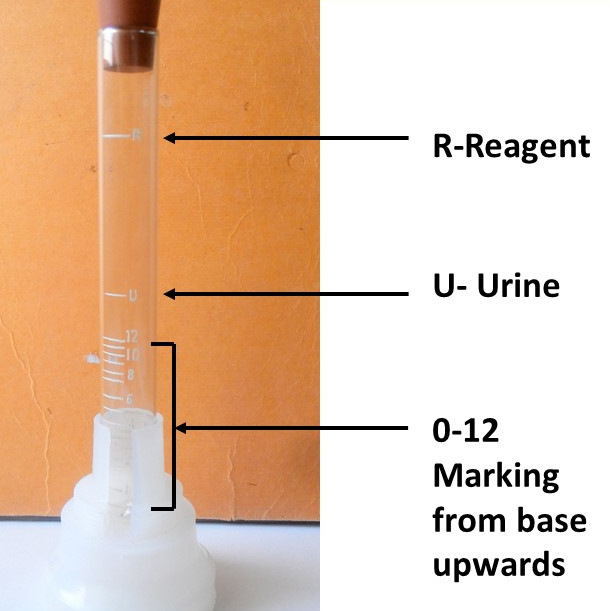
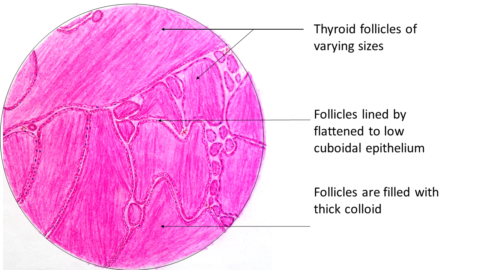






Recent Comments